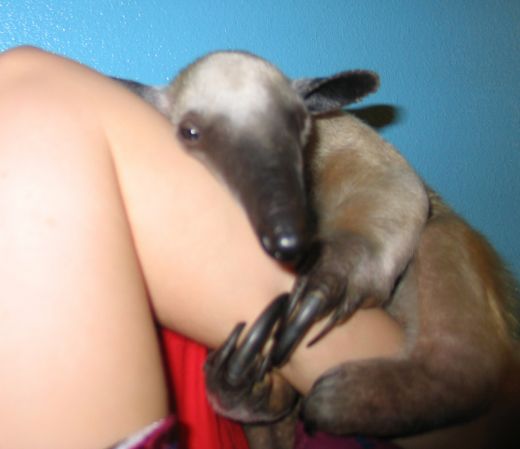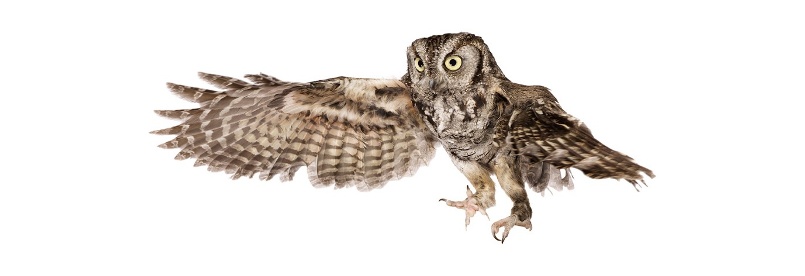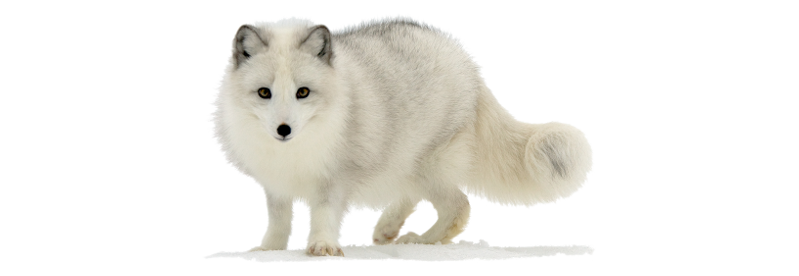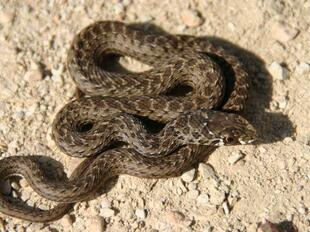
Southern tamandua, or Collared anteater, or Tamandua, or Lesser anteater(Tamandua tetradactyla)
Phylum —chordata
Class — mammalia
Order — pilosa
Family —myrmecophagidae
Genus—tamandua
Appearance
The Southern tamandua is a medium-sized anteater, though can vary considerably in size based on environmental conditions. It has a head and body length ranging from 34 to 88 cm (13 to 35 in), and a prehensile tail 37 to 67 cm (15 to 26 in) long. Adults weigh from 1.5 to 8.4 kg (3.3 to 18.5 lb), with no significant difference in size between males and females. Like their close relative, the Northern tamanduas, they have four clawed digits on the fore feet and five on the hind feet, and walk on the outer surfaces of their fore feet, to avoid puncturing their palms with their sharp claws. The underside and the tip of the tail are hairless. The snout is long and decurved with an opening only as wide as the diameter of a stick, from which the tongue is protruded.
Habitat
This anteater is endemic to South America, occurring from Venezuela and Trinidad to northern Argentina, southern Brazil, and Uruguay.
Behavior
Despite of being normally nocturnal, Southern tamanduas are known to occasionally be active by day. They are believed to nest during the daytime hours. Their nesting sites are usually hollow trunks of trees or burrows, left by other animals. The Southern tamandua is a solitary animal, foraging in trees. According to a study, conducted in Venezuela, the Southern tamanduas, living in different habitat, spend 13-64% of their time in trees. Moreover, the greater part of their active time is spent foraging. When on the ground, this animal is extremely clumsy, slow, and unable to gallop, unlike the related Giant anteater. The main mean of self-defense is the strong front legs. In addition, they can hiss or give off an unpleasant odor in order to turn away the opponent. When threatened in trees, the Southern tamanduas typically grasp a tree branch with their hind legs and tails so that the forelegs are free. They fight, using their long, curved claws. When threatened on the ground, they lean on a rock or a tree and use the same technique of self-defense, fighting back with their front legs.
Diet
The Southern tamandua is an insectivore, the diet of this species mainly consists of ant and termites, supplemented with honey and bees.
Reproduction
Currently, there is insufficient information on reproductive and courtship habits of this species due to lack of studies. However, newborn babies are cared for only by their mother, suggesting that Southern tamanduas are either polygynous or polygynandrous (promiscuous). They mate during the autumn. Females usually breed more than once during each season. Gestation period lasts for 130-150 days, yielding a single baby, rarely - twins. During the first months after birth, the young anteater can often be observed carried on the back of its mother. During this period, the female may leave the young on a safe tree branch as she forages. The baby lives with its mother until 1 year old, after which it becomes sexually mature and is ready to leave. Females of this species are capable of producing offspring at 2-3 years old.
The average lifespan of tamanduas is 9 years.
In captivity
In the wild, Lesser anteaters spend half of their time in trees, so when kept in captivity, they need ample climbing opportunity. Sturdy tree branches and mounted poles—offered both indoors and outdoors—must be strong enough to hold the weight of this animal. Provide them in varying diameters for the health of this animal's foot muscles (similar to birds).
Anteaters have unusually low body temperatures for mammals, so their environment must hover around room temperature at all times. Aim to keep your anteater enclosure at an ambient temperature of 65 to 85 degrees Fahrenheit. While some up and down fluctuation is acceptable, an anteater exposed to prolonged temperatures above 90 F is at risk for heatstroke. If kept too cold (at temperatures below 65 degrees), your pet anteater can become sick.
Outdoor enclosures must provide space for both climbing and exploring, as well as for protection. A hollowed-out tree stump or house, equipped with a heating element for cold nights, makes a safe haven for sleeping. If your anteater is invited indoors, secure your belongings, and always supervise the animal for its own safety.
Like most exotic pets, proper diet is critical to the well-being of an anteater. Anteaters have acidic stomachs, high protein requirements, and no teeth. Plus, they need to eat a large volume of insects, almost 10,000 ants and termites every single day; such a volume would be difficult to obtain in captivity.
Most keepers offer these mammals a high-protein insectivore powder mixed with water, insects, honey, and fruit. However, the bulk of a captive anteater's diet usually comes from a commercial feed (leaf-eater diet or cat food) used in different combinations of kibble or powder. You can even add in raw meat for a protein boost. But remember—anteaters don't have teeth, so they must be fed only soft foods.
Allow your anteater to eat the ants it finds outside, and then supplement with purchased ants as part of an enrichment opportunity. Place the ants on a small branch or in a container with dirt or rocks to promote exercise and ingenuity. Also, offer old, rotted logs and stumps for your anteater to tear apart in search of termites; rotten logs are usually plentiful and free.























